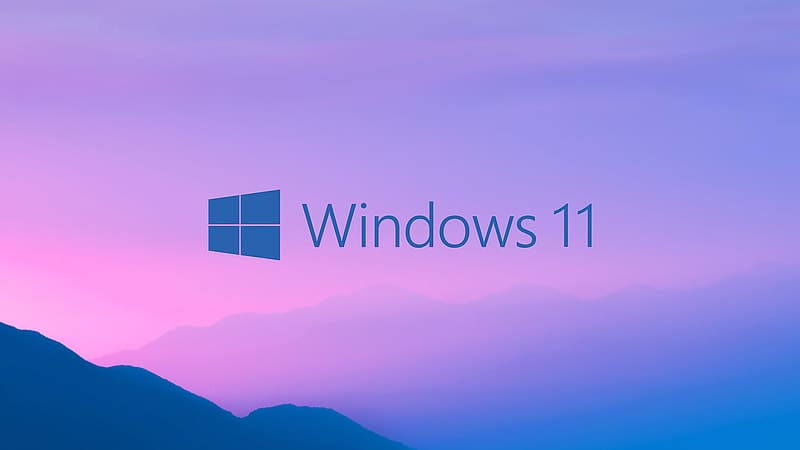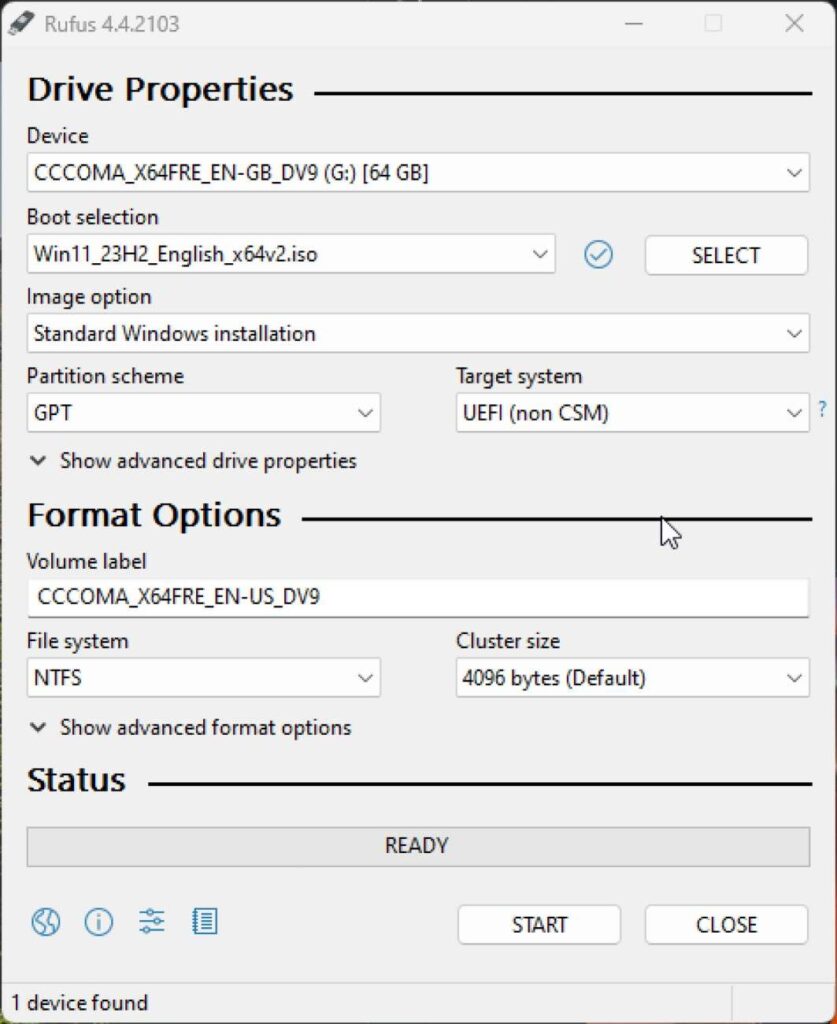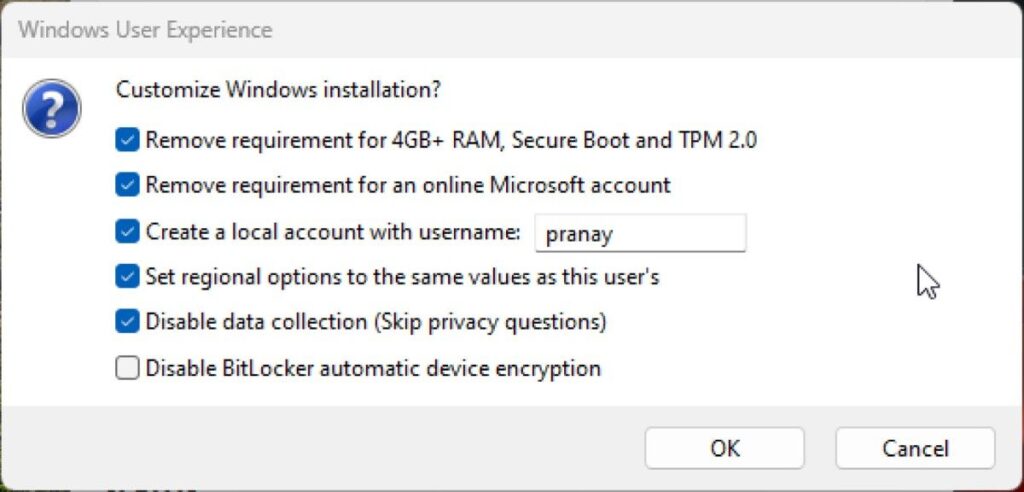
How to Upgrade an Unsupported PC to Windows 11
April 18, 2024This is How to Bypass TPM Restrictions and Upgrade Your PC to Windows 11
It is important to recognize the potential dangers of upgrading older PCs to Windows 11. Microsoft has established strict minimum system requirements, such as TPM 2.0 support, that many older PCs do not meet. While this guide aims to assist users with capable machines, those with lower-end PCs should refrain from attempting the upgrade due to potential compatibility issues and performance degradation.
Table of Contents
Risks and Security Concerns of Installing Windows 11 on Unsupported PC

Microsoft highlights the significance of TPM in improving security measures, specifically in protecting against malware and ransomware attacks. Computers with TPM provide a stronger defence system for securely storing sensitive information. Nevertheless, failing to meet TPM requirements could leave unsupported PCs vulnerable to security risks, making them an easy target for different online threats.
Microsoft cautions that installing Windows 11 on a PC that is not supported may result in compatibility issues, lack of support from Microsoft, and decreased performance. Additionally, any damage to the PC caused by this installation will not be covered under warranty.
If your PC is still covered by warranty, it is advised not to make any changes to it. But if the warranty has already expired, it may be worth considering upgrading to Windows 11 soon as Microsoft has set a deadline. Updates for these computers will no longer be available after October 14, 2025.
What You Should Do After the Last Windows 10 Security Update
It is highly advised to refrain from using your computer on the internet after the final security update is released. This is because you may be exposed to various new forms of malware, viruses, and other online threats without proper security patches to safeguard your system. For users reluctant to upgrade or unable to meet Windows 11’s requirements, Microsoft offers Extended Security Updates (ESU) as an alternative.
However, this option comes at a considerable cost, especially for businesses, with prices doubling each subsequent year. Businesses are charged $61 per device in the first year, with the cost doubling each year thereafter. Microsoft has not disclosed the pricing for individual users’ updates. However, educational institutions are charged $1 per device in the first year, increasing to $4 per device by the third year.
Having said that, users with valid Windows 10 licenses can opt for the free upgrade to Windows 11. This not only grants access to the latest features but also ensures ongoing security updates for years to come. However, users must weigh the benefits against the potential risks and costs associated with unsupported upgrades.
How to Upgrade an Unsupported PC to Windows 11
Before initiating the upgrade process, it’s essential to safeguard important data by creating backups. Users should ensure that critical files, such as photos, videos, and documents, are securely stored elsewhere to prevent data loss during the upgrade. The first step involves downloading the Windows 11 ISO from Microsoft’s official website. On that page, scroll down to Download Windows 11 Disk Image (ISO) for x64 devices, select the edition from the drop-down menu, and click Download Now. Follow the directions until you get the option to click 64-bit Download. The ISO file is over 6GB and it’ll take a short while to download.
While you wait for that to happen, it would be advisable to download Rufus, a free tool that enables you to create bootable USB drives. Make sure you have a USB drive with a minimum of 8GB of available space. If you already have one, take a moment to back up any important data on the drive as it will be erased during the process.

After downloading the Windows 11 ISO file, connect your USB drive and open Rufus to begin the installation process. In Rufus, select your USB drive from the Device drop-down menu. Choose the Windows 11 ISO file you downloaded by clicking the SELECT button next to Disk or ISO image. Once selected, click the START button to begin the installation.
A pop-up will appear prompting you to customize your Windows installation. It is recommended to enable the following options at this stage:
- Remove the requirement for 4GB+ RAM, Secure Boot and TPM 2.0
- Remove the requirement for an online Microsoft account
- Create a local account with a username
- Disable data collection (Skip privacy questions)
The initial choice is important for installing Windows 11 on ‘unsupported’ PCs. The remaining options are beneficial as they allow you to bypass the online account sign-in requirement that Microsoft encourages, and also avoid answering certain setup questions about data collection. Once you have made your selections, click OK and wait for Rufus to complete its task.

Once it’s done, double-check that your data is backed up, then proceed with starting the upgrade process. On your Windows 10 PC, go to Settings > Update & Security > Recovery and select Restart Now under the Advanced Startup section. This will reboot your PC and start the Windows 11 setup process from your USB drive.
Note: After installation, verify that your data is backed up and remove any USB drives from the PC before restarting to avoid your installation getting stuck.
Source: Lifehacker
FAQ
Can I upgrade my PC to Windows 11 if it doesn’t meet the minimum requirements?
While it’s possible to bypass certain requirements, such as TPM 2.0, to install Windows 11 on unsupported PCs, it’s essential to weigh the associated risks carefully. Users should ensure their PCs meet the minimum hardware specifications to avoid compatibility issues and potential security vulnerabilities.
Will upgrading to Windows 11 void my PC’s warranty?
Microsoft advises against upgrading unsupported PCs to Windows 11, as doing so may result in compatibility issues and poor performance. Users with PCs under warranty should refrain from modifying their systems to avoid voiding warranty coverage. However, users with expired warranties may consider upgrading to Windows 11 after assessing the associated risks.
What alternatives do I have if my PC doesn’t meet Windows 11 requirements?
Users with PCs that don’t meet Windows 11 requirements have several alternatives to consider. They can opt for Microsoft’s Extended Security Updates (ESU) program, albeit at a significant cost. Alternatively, users can continue using Windows 10, which remains supported with free security updates for eligible license holders.



